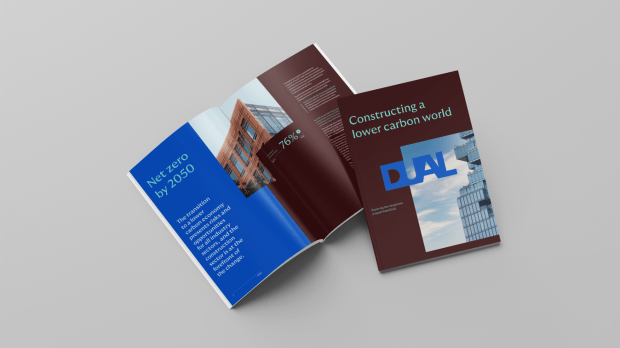How can sellers mitigate environmental risks jeopardising property transactions?
By Simon White, Underwriting Director, DUAL CR&R UK
Asset sellers risk facing lengthy delays to their transactions and significant price chipping without adequate insurance to offer protection to would-be buyers.
In one recent case, the sale of an office block built in the late 2010s on a former heavy industrial site collapsed. Ultimately the buyer was uncomfortable with assuming the environmental liability on the asset and walked away.
Transactions remain a key feature of the real estate industry despite the current economic turbulence, and sellers need to be aware of how environmental issues can affect them. For both sellers and buyers, there is increased scrutiny around the environmental credentials of an asset and focus on the threat environmental risks can pose to a transaction. The challenge for sellers is how they can mitigate the impact environmental risk can have on the sale. Research by BCLP into the global real estate market in 2023, revealed that investors are keenly aware of a shift from a green premium to a ‘brown’ or ‘grey’ discount where buildings that fail to meet standards can expect to suffer a discount, or even become unsaleable. On average, investors believe that 11% of their real estate portfolio is at risk of being unsaleable due to failure to meet certain sustainability criteria.
The concept of ‘caveat emptor’ will be familiar to many, but in today’s risk environment, the seller needs to be equally well prepared to understand and manage any potential risks to realising maximum value associated with their asset before they come to disposal.
This is not a new concept to sellers, who have used various insurance tools to de-risk specific aspects of a transaction ahead of a sale, whether it be around known and unknown title to property risks or fundamental warranties within a sale and purchase agreement, to reassure potential purchasers and their advisers.
The notion that the buyer takes on any risks means they are becoming increasingly averse to anything that might land them with a sizable liability on their balance sheet and dent the potential yield on their investment. Pre-transaction due diligence is increasing its scrutiny, evaluating risk of uncertainties as well as considering future requirements.
Environmental factors are now a key consideration in a purchasers’ decision-making process. Although the majority of legislation and standards are well known, understanding around the significance of environmental risk on the value of a site and its income potential has changed. Buying sites is a long-term investment decision. According to the World Economic Forum’s Global Risks report 2024, the top four global risks in terms of severity over a 10-year period were all environmental factors.
In another recent example, due diligence on a 1960s light industrial unit and office building took an unexpected 12 months to compete and resulted in significant price chipping after underground storage tanks were discovered which required removal. As well as the value of their asset falling below expectations, the deal also cost the sellers an unexpected additional £500,000 in fees.
According to recent research by Deloitte, environmental and social impact investment considerations are growing in prominence. Over 61% of respondents to Deloitte’s global survey said they place high to extremely high priority on building performance standards (BPS) during the due diligence stage of sale and lease transactions. There is compelling anecdotal evidence that as a direct consequence of investors’ rising awareness of ESG issues, sales are taking longer to complete and costing more than they did just five years ago. Price chipping is also significantly increasing within a transaction. In some circumstances, buildings and sites are not even coming to market as their value has eroded to such an extent that they have become ‘stranded’.
Before even considering a sale, sellers need to de-risk their asset, for both known and unknown risks or face frustrating and costly delays. To find out more, contact the DUAL Climate Risk & Resilience team.


